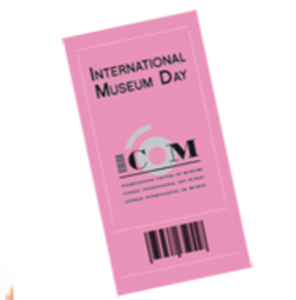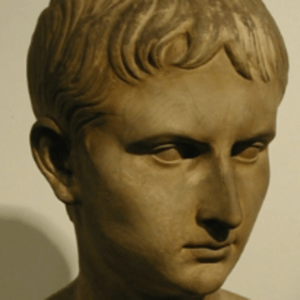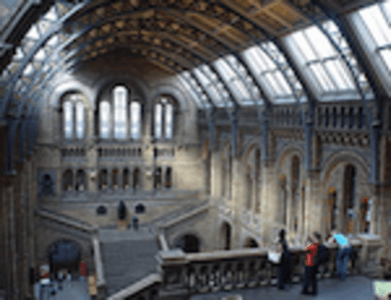Today is International Museum Day. Celebrated annually on May 18 since its inception in 1977, the day seeks “to raise awareness on how important museums are in the development of society.”

Well, ReadWriteWeb is lousy with museum-goers, and we have paid attention to some of the technological advancements and experiments that museums have seen over the last year. We thought we would celebrate by bringing some of those to the fore.
Scotland Trailblazes the Use of HTML5 in Museums

The National Museums of Scotland became the first major museum organization in the world to fully implement HTML5. Museum digital media tech manager Simon Madine explained that the implementation across its five allied sites was married to an overall redesign. That redesign saw the site gain color and shoulder-room and emphasize more visuals. But the implementation of HTML5 is more revolutionary. It allows a greater level of search engine accessibility, easier rendering across browsers and overall makes it easier to elegantly add and change site content.
Google Partners with Yad Vashem to Digitize the Shoah
Yad Vashem and Google began an ambitious project to digitize the Holocaust museum’s extensive collection of materials.User can directly access over 130,000 full-resolution photographs from Yad Vashem’s photo collection via the Google search page. Google has implemented experimental optical character recognition technology for the project. OCR, it is hoped, will make photographs and other documents lacking in metadata easier to find by search in different
Yale Collections Now Free Online

Yale Digital Commons debuted with just under 260,000 images. The idea is to encompass the whole of the university’s collections in time. Among the institutions the project draws from are the Peabody Museum of Natural History, the University Art Gallery, the Yale Center for British Art and the University Library, not to mention the Yale University on iTunes. According to the university, “no license will be required for the transmission of the images and no limitations will be imposed on their use.”
Omeka Launches a Hosted Platform to Move Museum Collections to the Cloud
Open-source publishing platform Omeka announced the launch of a hosted Web service, Omeka.net. While similar in some ways to the content management system provided by WordPress, Omeka is geared towards the online exhibition of library, museum and archive collections. By using Omeka.net, scholars and archivists will be able to easily build digital exhibits and publish digital scholarship, while also taking advantage of Web 2.0 tools that foster collaboration and communication.
Is There Art on YouTube? Guggenheim Wants to Find Out
The Guggenheim Museum teamed up with YouTube and HP to discover the art of YouTube videos. Tasked with uncovering the “most creative video in the world,” the companies launched an international search by way of YouTube Play, a specially branded YouTube channel that will feature the entries in this new competition.
9-11 Oral Histories Saved and Shared via Smart Phone
Broadcastr, a Brooklyn-based mobile start-up, struck an agreement with National September 11 Memorial and Museum to make 50 oral histories of first-responders available via smart phone and online. Through Broadcastr, the public can use their phones to record oral histories of their own. Interviewers can then geolocate the interview on the service.
The Dawn of Sensors & Social Media in the World of Fine Art

Wall placards, museum docents and audio tours have all become essential technologies for many peoples’ engagement with our collective culture as represented in the world’s fine art. Imagine what could happen if your enjoyment of art was augmented further by the kinds of social technologies that you already use on the internet. Thousands of visitors to the STRP art festival in Eindhoven, Holland last Fall got to experience exactly that. The festival’s creative integration of its existing art exhibits with Twitter, Facebook, a recommendation engine, a print-on-demand service, tag clouds and RFID chips might represent the kind of experience that art lovers everywhere may be able to enjoy elsewhere soon.
This is only a sample of our museum coverage, so if you are interested, poke around. The smart visitor will not try to see everything in a single day.










